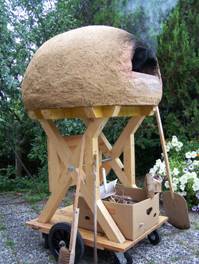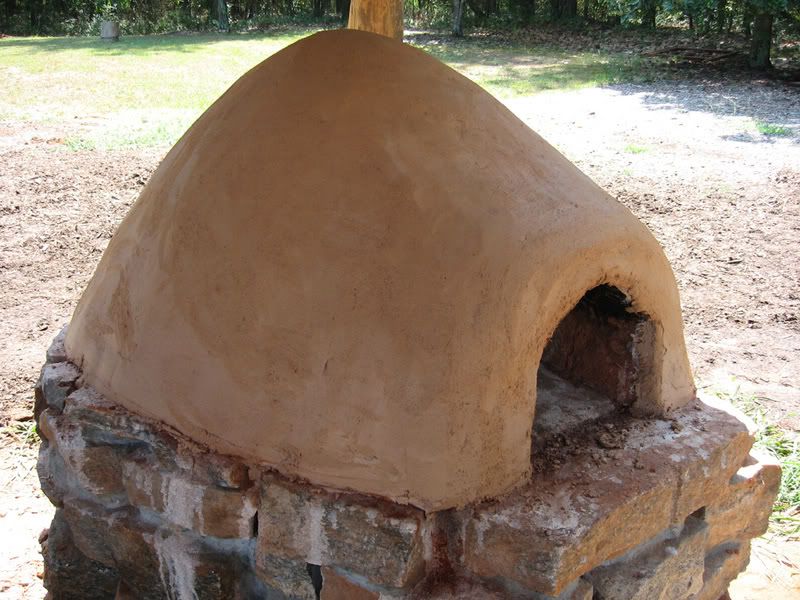- Joined
- Jul 31, 2006
- Messages
- 3,927
- Reaction score
- 1,019
Anyone ever make a cob oven? I am looking for plans & how to hints. Thanks

Coot said:Thanks Claude, I have seen some but not all that you listed. The "best" website that I found was:
http://jm69.free.fr/four/
It shows a very interesting portable cob bake oven.

The want of ovens alone prevented our making bread. This subject engrossed my attention for a whole day, but on awakening one morning a sort of vision dictated to me, “There are plenty of oyster-shells, and there is sand. Burn the former and make mortar, and construct ovens.” So I sent on board to Admiral Malcolm to send me a lot of hoops of barrels by way of a framework for my arch. There was plenty of wood, the shells were burning, the mortar soon made, my arch constructed, and by three 0'clock there was a slow fire in a very good oven on the ground. The baker was summoned, and the paste was made, ready to bake at daylight. The Admiral, dear Malcolm, and our Generals were invited to breakfast, but I did not tell even Sir John Lambert why I had asked a breakfast-party. He only laughed and said, “I wish I could give them a good one!” Oh, the anxiety with which I and my baker watched the progress of our exertions! We heard the men-or-war's bells strike eight o'clock. My breakfast-party was assembled. I had an unusual quantity of salt beef and biscuit on the table, the party was ready to fall to, when in I marched at the head of a column of loaves and rolls, all piping hot and as light as bread should be. The astonishment of the Admiral was beyond all belief and he uttered a volley of monosyllables at the idea of a soldier inventing anything. Oh, how we laughed and ate new bread, which we hadn't seen for some time! At first the Admiral thought I must have induced his steward to bake me the bread as a joke, when I turned to Sir John and said, “Now, sir, by this time to-morrow every Company shall have three ovens, and every man his pound and a half of bread." I had sent for the Quartermasters of Corps; some started difficulties, but I soon removed them. One said, "Where are we to get all the hoops?" This was, I admit, a puzzle. I proposed to make the arch for the mortar of wood, when a very quick fellow, Hogan, Quartermaster of the Fusiliers, said, “I have it: make a bank of sand, plaster over it; make your oven; when complete, scratch the sand out." In a camp everything' gets wind, and Harry Smith's ovens were soon in operation all over the island. There were plenty of workmen, and the morrow produced the bread.

Enter your email address to join: